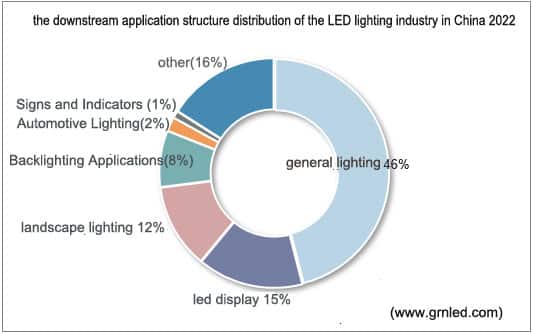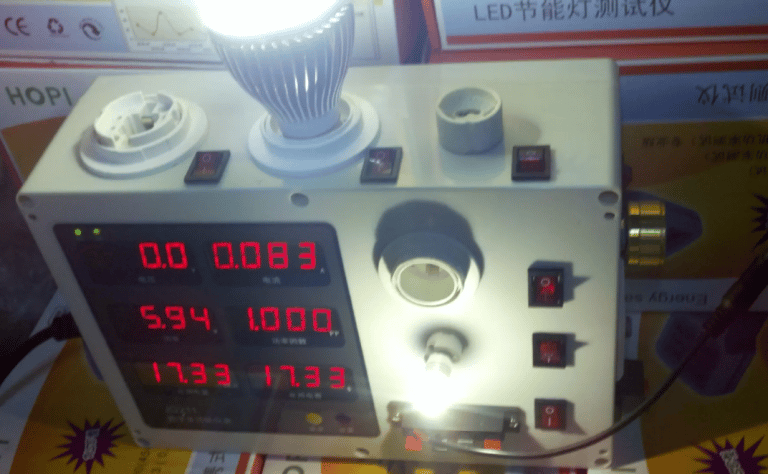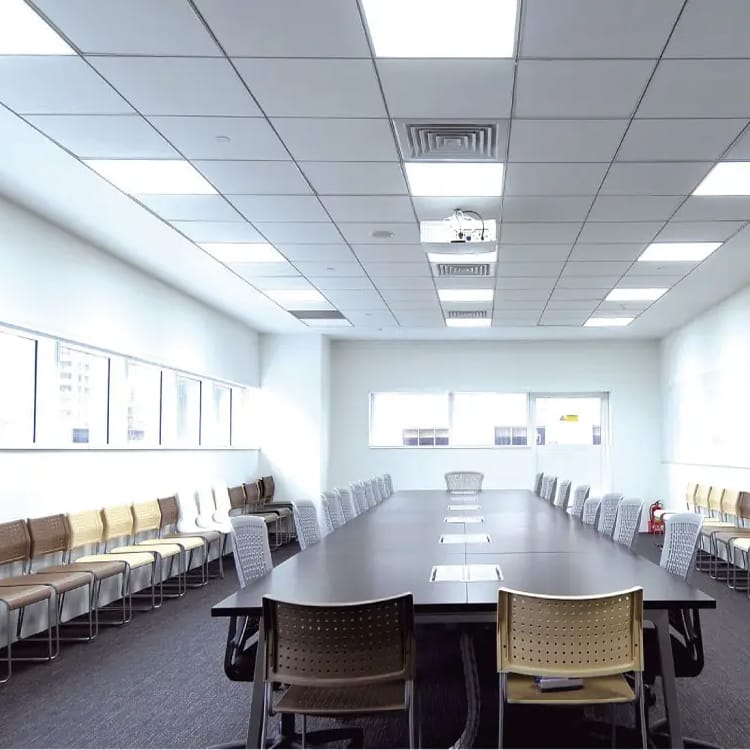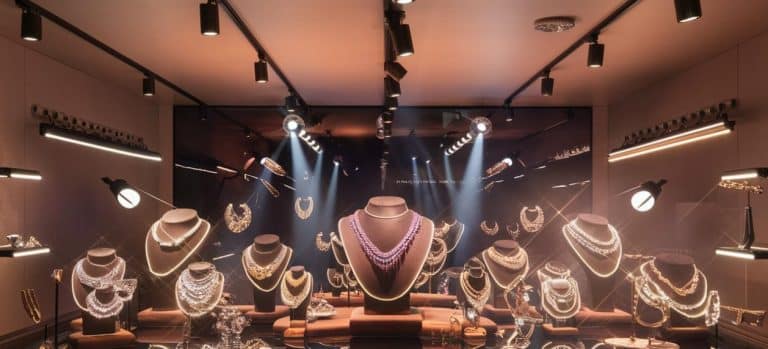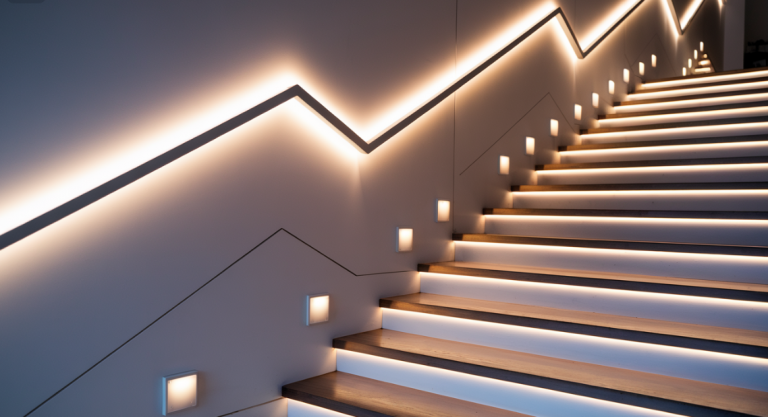Many countries have implemented corresponding regulations and incentive mechanisms to achieve energy conservation and carbon reduction goals. Both enterprises and individuals are actively responding to the call for high-quality sustainable development. In the lighting field, this is reflected in the replacement of many outdated and inefficient lighting systems with modern LED technology.
This blog especially provides a detailed guide for replacing/retrofitting high bay lights in large spaces such as warehouses, factories, sports halls, and retail centers.
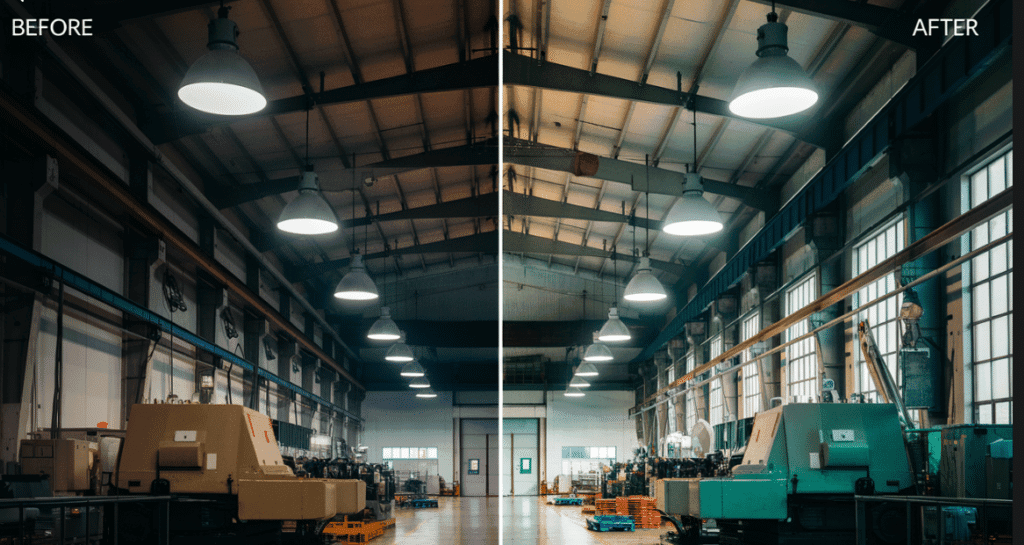
LED High Bay Replacement Process
- Know the situation of your current lighting system
- Calculate Energy and Cost Savings
- Choose the right LED fixtures and accessories
- Installation and check the lighting effect of the new lighting system
Next, we will explain in detail one by one
When Should You Replace traditional MH/HPS Lights with LED high bay lights?
High bay lighting is critical for safety and productivity in commercial and industrial settings. There is no need to explain why you should upgrade your lighting system. But When?
You should know the situation of your current lighting system. Have you ever encountered the following problems?
- Poor Light Distribution: Dark spots or uneven lighting in your workspace.
- Frequent Burnouts: If bulbs or ballasts fail every 6–12 months.
- High Energy Bills: Lighting accounts for 30–50% of energy costs in industrial facilities.
Now it is time to make a change.
Calculate Cost and Savings
Cost: Buying LED lights cost+installation fee
Savings: Annual Savings = (Old Wattage – New Wattage) × Hours/Day × Days/Year × $0.10/kWh
Example: Replacing 400W MH fixtures to 150W LED (4,000 daily hours):
(400W – 150W) × 4,000 × 0.10 = $100/year savings.
Choosing the Right High bay luminaires and accessories
LED high bay lights come in various types. Choosing the best luminaire depends on your space and preference:
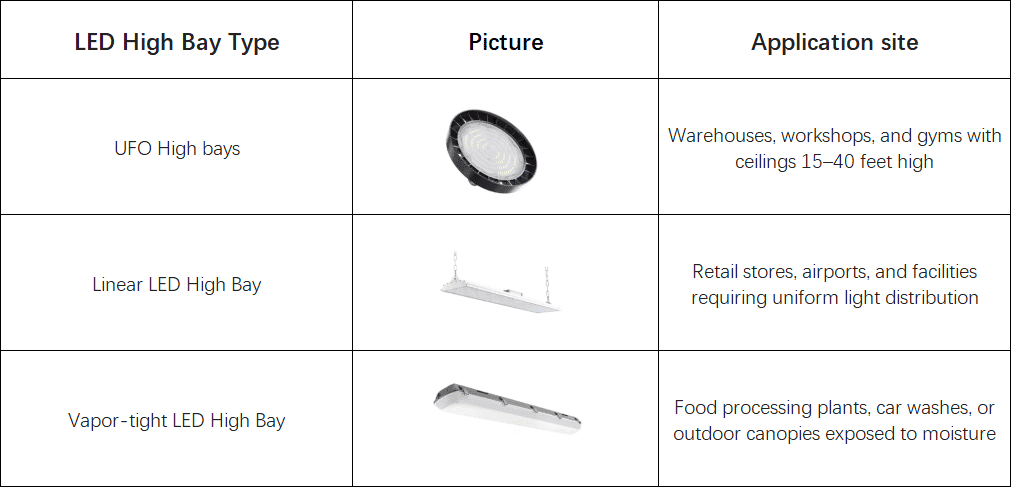
After deciding which style of industrial high bay lamp to use, you should pay attention to the following key specifications too
- Wattage & Lumens: Better lighting needs higher brightness, focus on lumen not only wattage
- Color Temperature: 4000K–5000K (cool white) is ideal for task-oriented spaces; 3000K–3500K (warm white) suits retail.
- Beam Angle: Narrow beams (60°–90°) focus light downward for aisles; wide beams (120°+) cover open areas.
- Dimmable / Smart option: Dimmable LEDs offer flexibility in lighting control. And Motion sensors type lights in low-traffic areas can cut energy use by 30–50%.
- Rebates: choosing the lights that can get rebates from the government
- Compatibility: If you just want to do a retrofit, ensure the retrofit kits are compatible in voltage and bulb base with the old lighting system.
Professional Installation Tips
Pre-Construction preparation:
Ensure safety by cutting power and preparing necessary tools (e.g., lifter, screwdrivers, and new lights). Workers should wear proper safety gear.
Replacement Process: Remove the old light carefully, avoiding damage. Install new light per manufacturer instructions, ensuring stability and correct wiring.
Post-Construction Check: Check if the new light is secure. Test functionality and brightness.
In summary, the high bay light installation should be carried out by qualified electricians to avoid safety hazards.
Engnieering Case
Dubai PhoenixTouch Furniture Factory Workshop Lighting retrofit project
Old Lighting System
3,000 square meters workshop uses 300W metal halide lamps, operating 24 hours a day. The illumination is 70-110 LX (far below the national standard of 200 LX). Prolonged use has resulted in low brightness, insufficient illumination, high power consumption, high operating temperatures, poor heat dissipation, frequent damage, pollution, and increased costs due to frequent replacements.
Customer requirements
Increase the workshop illumination to meet the national standard (200 LX), improve energy efficiency by over 50%, and achieve a return on investment within 3 years.
GRNLED Lighting Solution
| Plan | Retrofit with the original electric wires ( Plan A) | Just Replacement of original lamps (Plan B) |
| Brief explanation | Renovate the original wiring, re-layout and add fixtures, brackets, power supplies, etc., using 150W standard LED lights (120 LM/W). | Replace the existing fixtures one-to-one with 100W GRNLED high-efficiency ultra-energy-saving high bay lights ( 200 LM/W) |
| Advantage | energy saving 50% | Short construction period, high brightness, energy savings 73%, and no disruption to normal operations |
| Cons | Complex wiring re-design, long construction period, and serious disruption to on-site operations | relatively high retrofit cost |
| Practicability | Ok | great |
At last, the customer chose plan B. Using 100W 200Lm/W LED high bay lights to replace old 300W MH fixtures. After retrofit, the lighting effect exceeded the customer’s expectations.
- Workshop illumination increased by 131%
- Energy savings reached 73%, and with the on-site intelligent control system, energy savings increased to 86%.
- A total of approximately 177500USD saved over 6 years, with annual carbon emissions reduced by 1,996 kg;
- The retrofit was completed within the client’s budget and achieved a return on investment 2 years ahead of schedule.
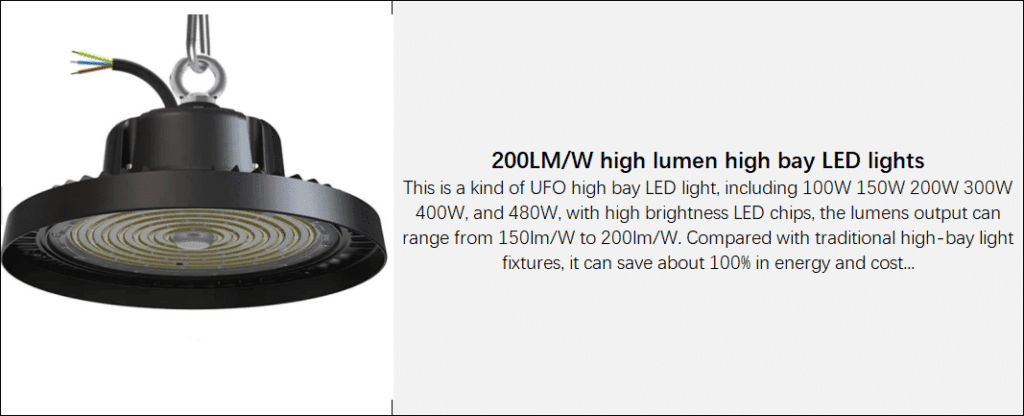
FAQ
Q: Retrofit vs. Replacement: Which Is Right for You?
A: This depends on your budget and the old lighting system situation. Retrofitting suits fixtures <15 years old. Older systems with failing ballasts or corrosion are better fully replaced.
Q: Can I reuse existing wiring?
A: Yes, if it’s in good condition and compatible with LED voltage (120–277V).
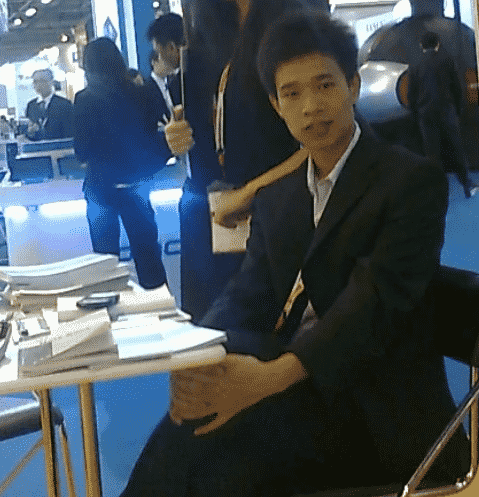
Hello, customers
My name is Ricky Wang, I’m the business manager of GRNLED. I have been in LED lights industry for more than 10 year. Feel free to contact us. I’m happy to provide you the best service and products.
Email: info@grnled.com | WeChat: ledfixture

